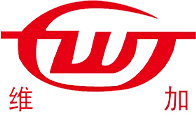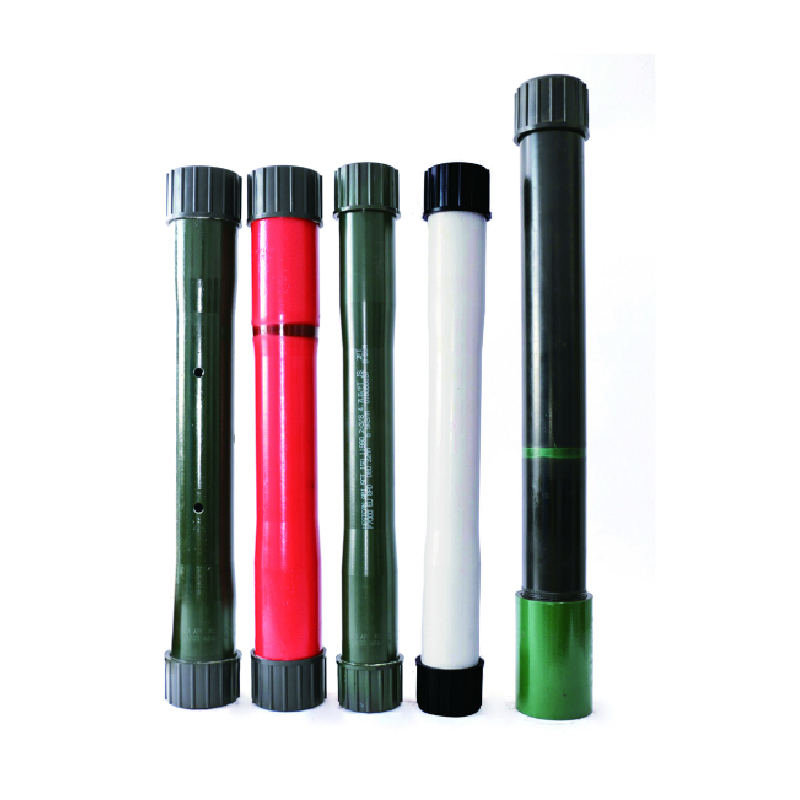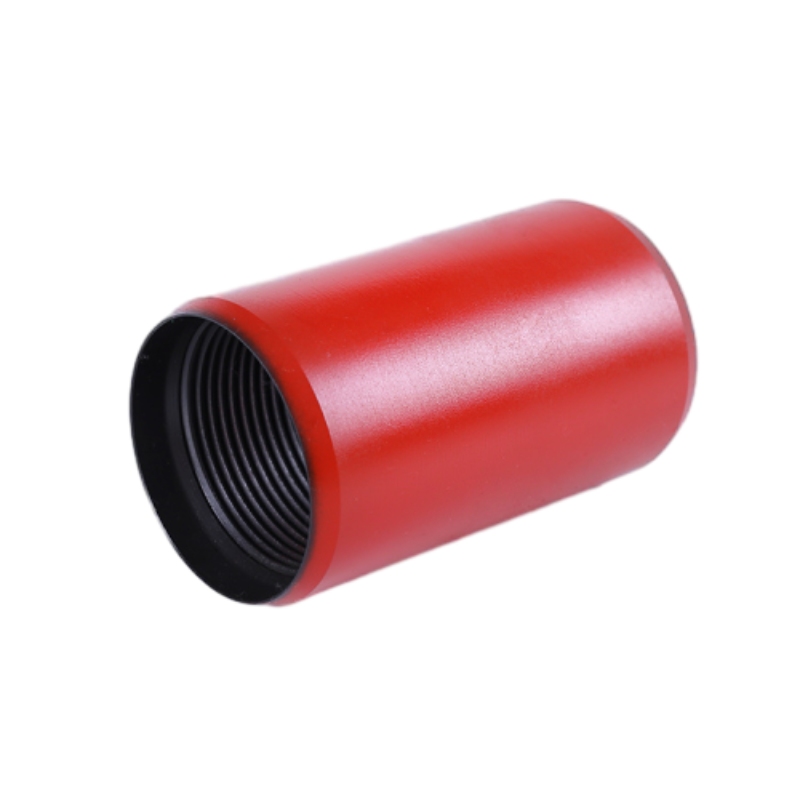Tubing Coupling: High-Strength, Leak-Tight Steel Connectors
tubing coupling field notes: what actually matters in the wellbore
I’ve walked enough yards—from Hebei to Houston—to know this: the humble tubing coupling either saves your day or ruins it quietly at 3 a.m. The unit from Hengshui Weijia Petroleum Equipment Manufacturing Co., Ltd. has been popping up in tenders more often, and not by accident. It’s built to API norms, yes, but also tuned for real-world abuse: torque spikes, H2S breathers, a bit of sand you wish wasn’t there. Many customers say the field makeup is predictable, which, frankly, is what you want when the rig clock is burning.
Where a tubing coupling earns its keep
Applications span onshore waterfloods, offshore completions, sour gas wells (with proper metallurgy), and thermal projects that cycle temperatures. The core job is dead simple—connect two joints and seal—but the consequences of a poor seal cascade into production losses, corrosion, and environmental risk. Surprisingly, the biggest differentiator isn’t glossy marketing; it’s thread integrity and consistent heat treatment.
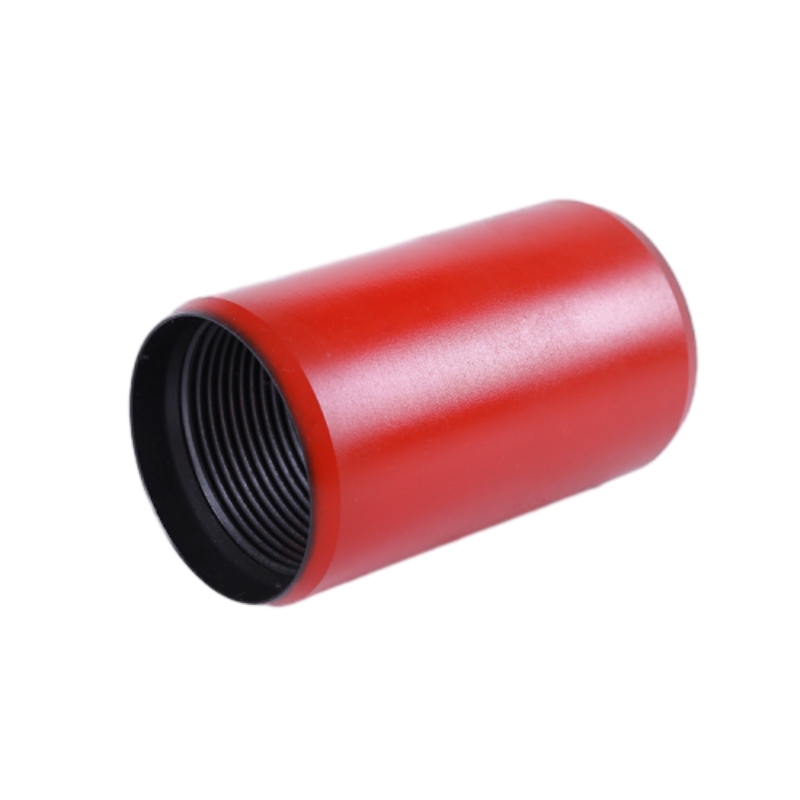
Specifications that matter (and a few that don’t—honestly)
| Size Range | 2-3/8" to 4-1/2" OD tubing (common), specials on request |
| Grades (API 5CT/ISO 11960) | J55, N80 (Type Q), L80, P110; sour-service options ≈ L80-13Cr, CRA on inquiry |
| Thread Forms | NUE and EUE per API 5B; thread gage 100% verified |
| Coupling OD / Length | Per API envelope; special slim OD for tight clearances available |
| Coating | Phosphated + storage compound; alternative dope or dry-film by spec |
| Seal & Pressure Tests | Hydrostatic up to 15,000 psi (sample/lot), gas seal test; leak rate ≤ ~1×10⁻⁵ std cc/s (lab) |
| Service Life | Around 5–15 years depending on corrosion, load cycling, fluids; real-world use may vary |
How a tubing coupling is built (quick process flow)
- Materials: API 5CT billets → normalized/quenched-tempered to target grade.
- Machining: CNC turning, API 5B threading, crest/root finish controlled.
- Surface: Phosphating, protective compound, thread protectors applied.
- Testing: NDT (UT/MPI), hydrostatic, drift, torque-turn, thread gage 100%.
- Compliance: ISO 9001 and API Q1 quality systems; heat/lot traceability.
Advantages I see in the field: reliable makeup torque, less galling on re-run, and consistent seal under thermal swing. One operator told me their workover frequency dropped after standardizing on this tubing coupling—not dramatic, but noticeable over a year.
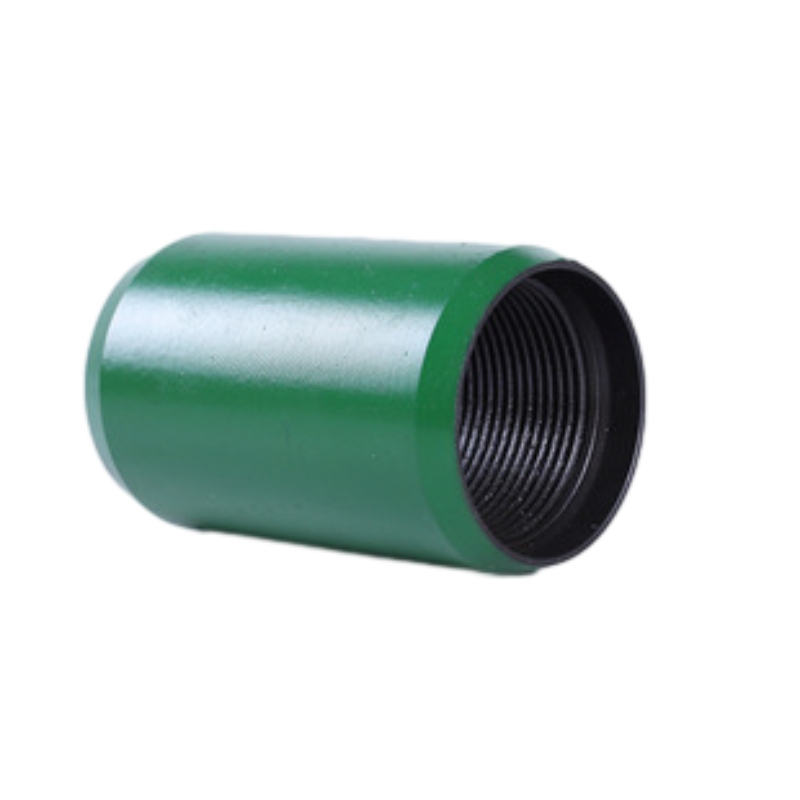
Vendor snapshot: who does what
| Vendor | Certifications | Thread Range | Lead Time | Customization | Notes |
|---|---|---|---|---|---|
| Hengshui Weijia | API 5CT/5B, ISO 9001, API Q1 | NUE/EUE 2-3/8"–4-1/2" | ≈ 2–4 weeks (stock-dependent) | OD/grade/coating per spec | Strong QC and traceability |
| Global Brand A | API/ISO, regional monogram | Broad, incl. CRA on request | ≈ 4–8 weeks | High, premium pricing | Good for offshore majors |
| Regional Vendor B | ISO 9001 | Core sizes only | ≈ 1–3 weeks | Limited | Budget-friendly, check QC |
Customization and test data
Options include slim OD couplings for tight clearances, 13Cr/L80 for mild sour, and dry-film dope for cleaner makeup. Lab runs I reviewed showed torque-turn curves within spec windows and helium leak rates below 1×10⁻⁵ std cc/s on EUE samples—solid for a production tubing coupling. For harsher H2S, ask for ISO 15156/NACE MR0175 compliance and proof of SSC testing.
Mini case study
A Central Asia operator swapped legacy stock for Weijia’s N80 EUE tubing coupling on a 3-1/2" water-injection string. Over six months, leak-related interventions dropped from 4 to 1, and average makeup time per joint improved by ~7%. Not dramatic headlines, but real money saved on a tight OPEX.
Standards and compliance checkpoints
- API 5CT / ISO 11960 for product; API 5B for threads.
- ISO 9001 and API Q1 for quality systems and traceability.
- ISO 15156/NACE MR0175 for sour service materials (when applicable).
References:
- API Specification 5CT – Casing and Tubing.
- API Specification 5B – Threading, Gauging, and Thread Inspection.
- ISO 11960 – Petroleum and natural gas industries — Steel pipes for use as casing or tubing.
- ISO 15156 / NACE MR0175 – Materials for use in H2S-containing environments.
-
Tubing Crossover - API Compatible, Custom Sizes, In StockNewsNov.10,2025
-
Tubing Coupling | High-Strength, Leak-Proof Steel CouplingsNewsNov.10,2025
-
Wholesale API Threading Casing Coupling | API 5CT, Fast ShipNewsNov.10,2025
-
Pup Joint Supplier | API Certified, Custom, Quick ShipNewsNov.10,2025
-
Pup Joint Manufacturers | Precision Machined, Fast DeliveryNewsNov.10,2025
-
Tubing Coupling | Precision Steel, Leak-Proof, Fast DeliveryNewsNov.03,2025
